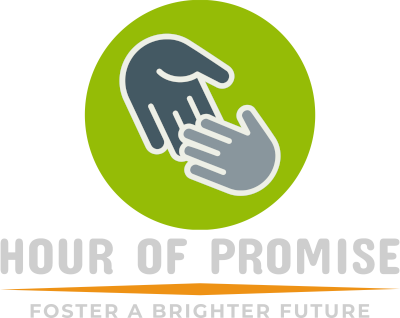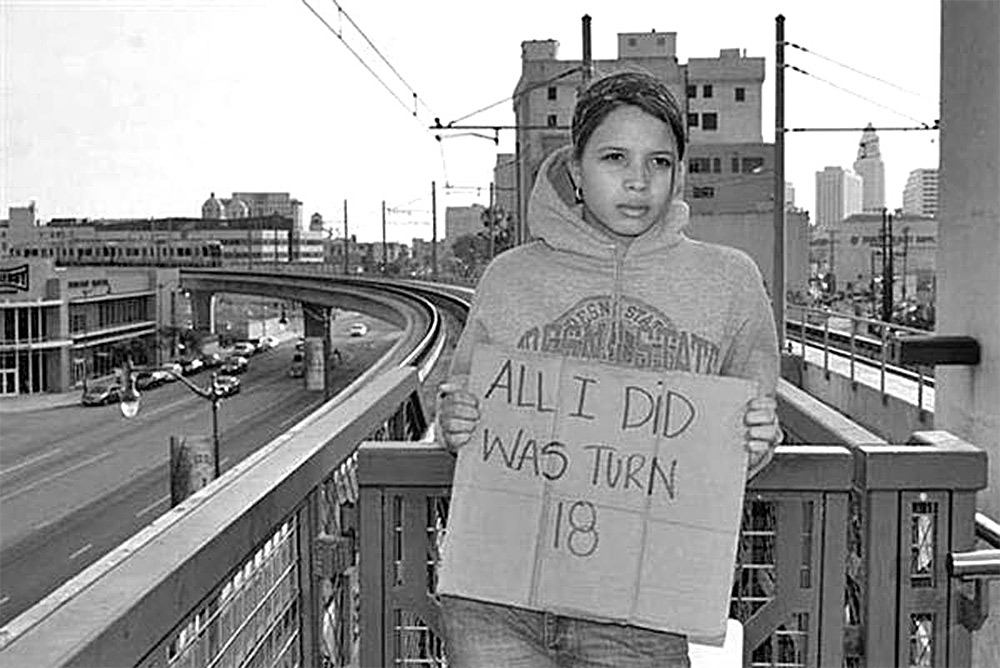
Aging out of a broken system
According to Ifoster.org over 20,000 youth in foster care age out every year.
The phrase “age out” is a term to describe youth who turn eighteen before finding a permanent home. This is a callous term to describe a child being without a forever family forced to face the world alone. According to fostercare2.org almost half of youth in foster care end up homeless just eighteen months after aging out. I was shocked to find the majority of the teens in foster care, were given a tent and sleeping bag and sent on their way when turned eighteen.
Many if not all of these children and teens desperately crave a real family. Most of these children have no one they trust and have a very hard background of the adults in their lives using and abusing them in ways that most of us cant begin to understand. Most of us grew up not having to worry where our next meal was coming from, or if it was coming at all. Or if we were going to catch a beating just because, or worse.
The truth is that, many people don't even know. It is more out of sight, out of mind. If you really think about it, when is the last time you saw a foster care commercial during a commercial break of a show you watched, Game of Thrones, The Walking Dead, Yellowstone, and so on.... Keep thinking, I don't remember, and I watched them all. What about commercials on abused animals though? Twice, three times every commercial break. Millions of dollars spent just on commercials and celebrity spots... I love animals very much, it hurts my soul too to see them getting abused, I also have 5 stray animals that were in horrible condition when we brought them in, but priorities...





